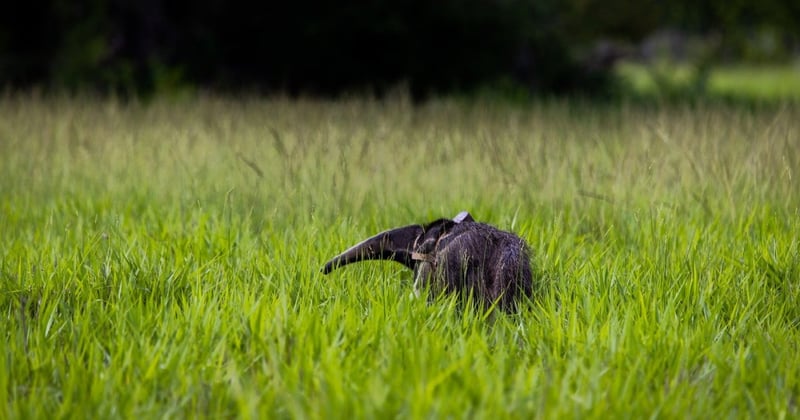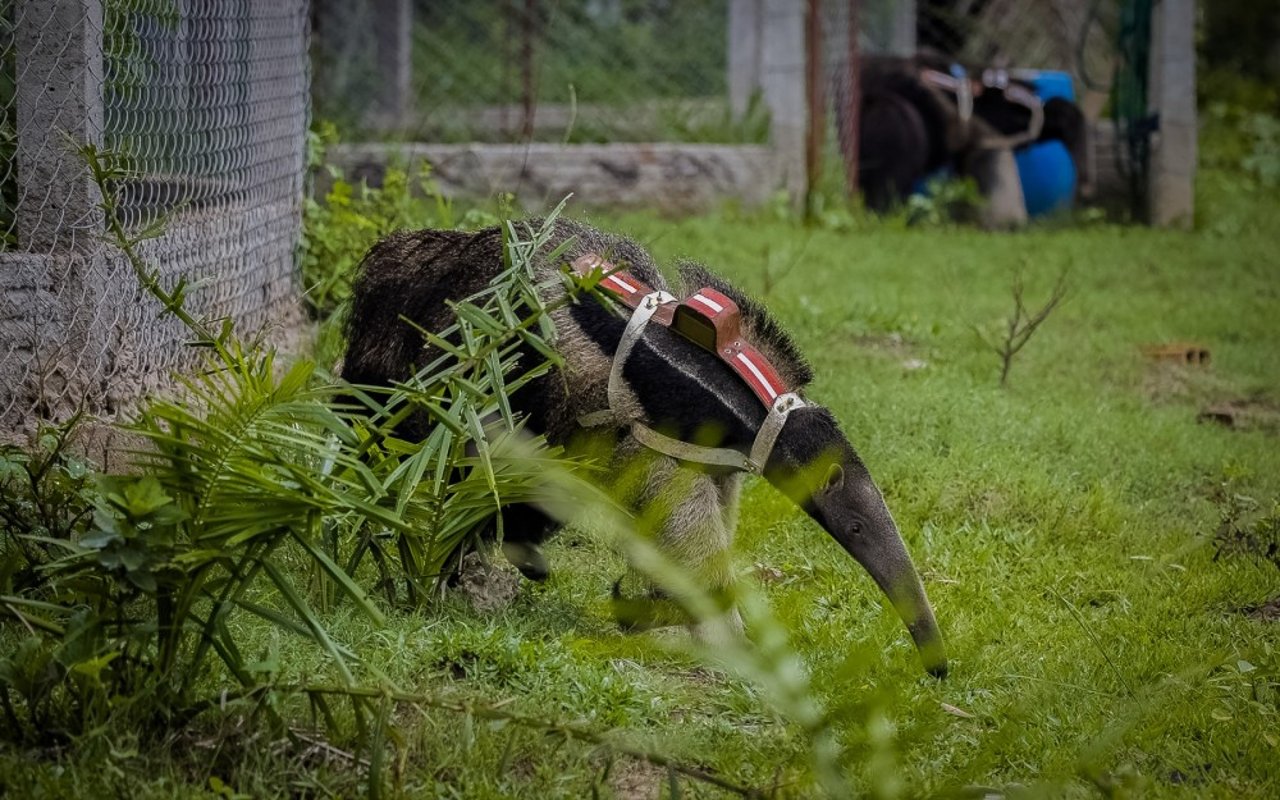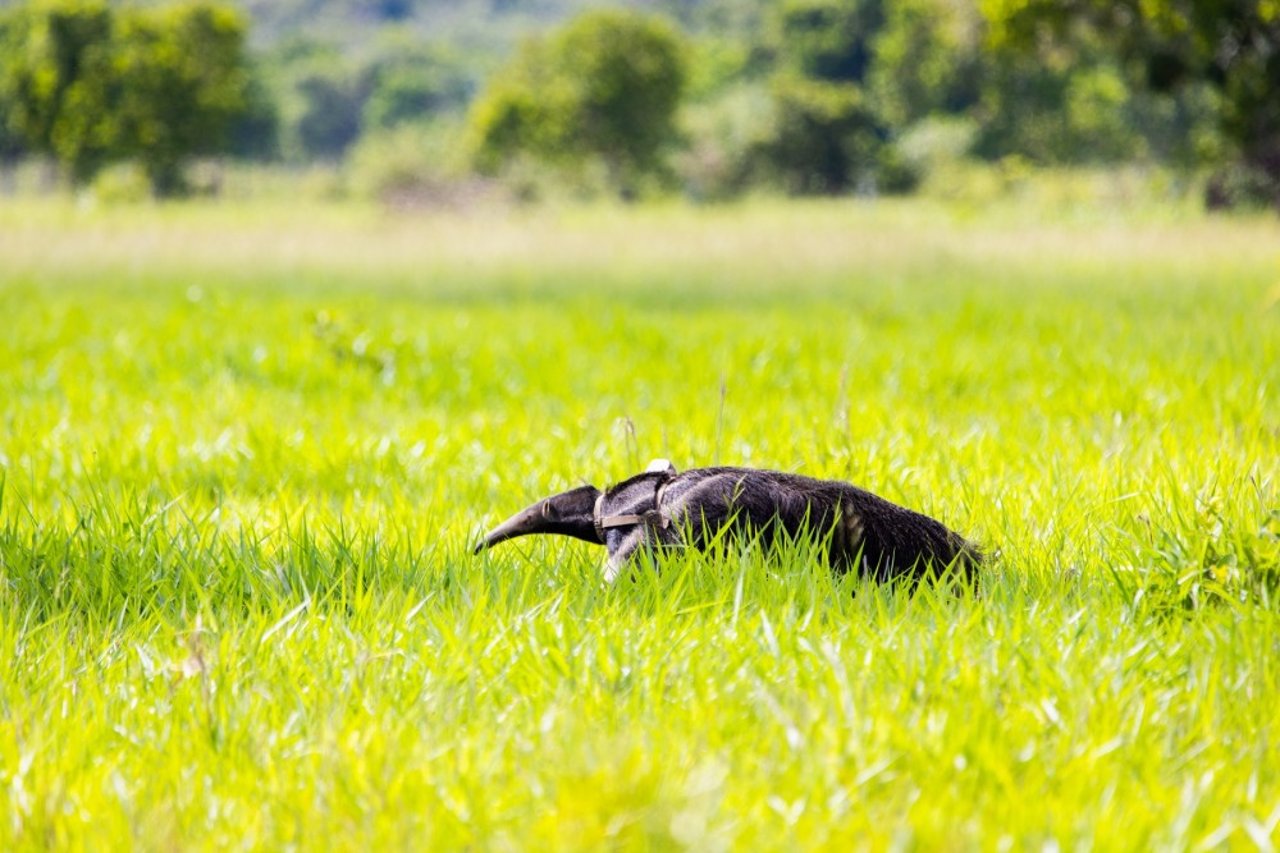
Rescued anteaters Cecilia and Darlan have been released
News
It was a day of celebration as two lucky anteaters, Cecilia and Darlan, were finally released back into the wild where they belonged. These two furry friends were rescued from the wildfires that swept through Brazil in the summer of 2021. It was an emotional moment as they took their first tentative steps towards freedom.
The story of Cecilia and Darlan’s rescue
Anteaters are not known for their speed, so when wildfires break out, they often find themselves trapped and unable to escape. When these animals do manage to flee the flames, they may get into accidents on highways, or enter urban areas and suffer violence and dog attacks.
Cecilia and Darlan were two of the lucky anteaters who were rescued from the fires raging across Brazil back in the summer of 2021.
Cecilia was found in August on a road next to her mother, who had been run over and did not survive the accident. Darlan was also found alone on a dirt road a few months earlier, at only an estimated 20-days old.
The chances of a pup surviving without their mother are minimal if not non-existent. Young anteaters are dependent on their mother for food, protection, and to teach them how to survive on their own. So, it was fortunate that these pups, along with many others, were found and sent to the Rehabilitation Center of Wild Animals in Campo Grande.
Rescue, rehab, release
After a year and a half in rehabilitation, Cecilia and Darlan have now been successfully released!
Under the watchful eye of veterinarians and biologists who were monitoring their welfare, these two young anteaters were safely released from their immersion enclosure, back to their home in the wild.
The anteaters were “soft-released” – this technique consists of opening the door of the enclosure and allowing the animals to leave when they are comfortable and not forcing anything.
Once the doors were opened, both giant anteaters reacted differently than expected. Darlan, who had shown to be fearful and shy during his rehabilitation process, was the first to run off and disappear into the vegetation, showing a curious side that no one expected!
Darlan leaves the enclosure first, with Cecilia following shortly behind. | Photo: World Animal Protection/Noelly Castro
Cecilia on the other hand, who had always shown to be very curious and explorative in rehabilitation, left the enclosure for a while but then reappeared again. She took a bit longer to leave but eventually, like Darlan, set off into the wild.
Cecilia back in the wild. | Photo: World Animal Protection/Noelly Castro
The next day, when our team went looking for them, Cecilia was sleeping far away from the enclosure and Darlan was close by, less than 1km away. Both were fine, experiencing the first moments of free life with so many possibilities.
While both animals had stayed together in a shared enclosure, once released they did not interact with one another and ventured off on their separate ways. But don’t fret - this is completely normal behaviour for giant anteaters, who are solitary animals in the wild!
> Wondering what’s on their backs? Cecilia and Darlan are equipped with radio collars so that the team can monitor their progress and ensure the anteaters are adjusting well after their release.
Freedom thanks to a collaborative effort
This happy ending could not have been made possible without the support of animal lovers like you and a whole host of partners working together to rescue animals impacted by Brazil’s fires.
For a year and a half, World Animal Protection has been in partnership with Institute Tamanduá, supporting the Orphans of Fire Project, which recovers and rehabilitates giant anteaters, victims of forest fires in the Southern Pantanal.
Rehabilitating wild animals is intense work that demands complete dedication, even on weekends and early mornings. The animals need daily handling, enrichment, feeding, cleaning, and care. Can you believe the young puppies eat every 4 hours?

